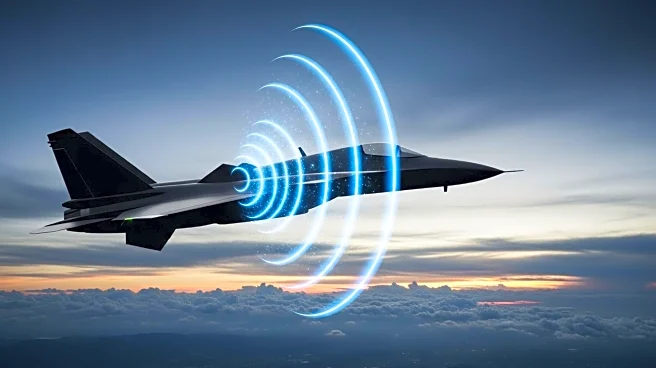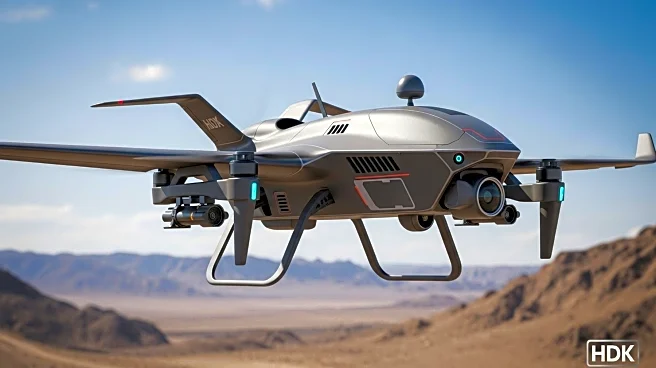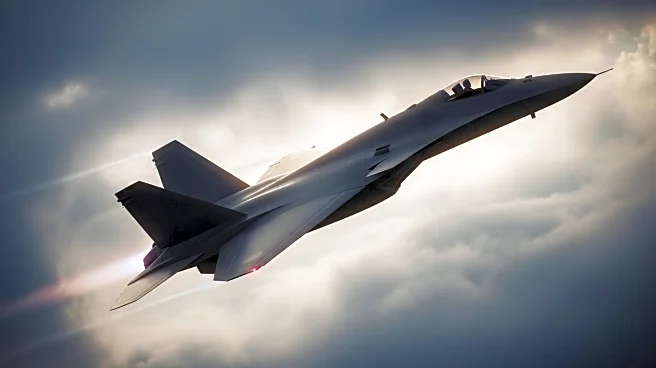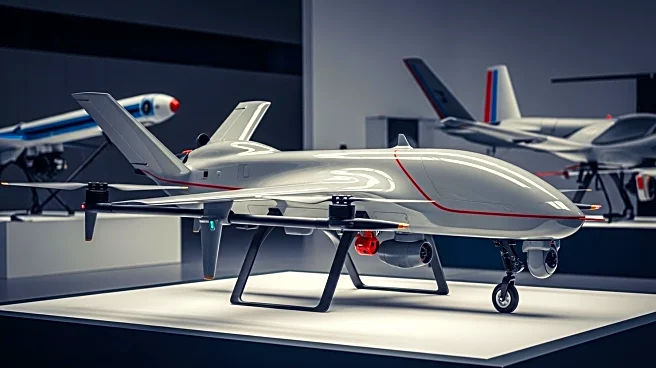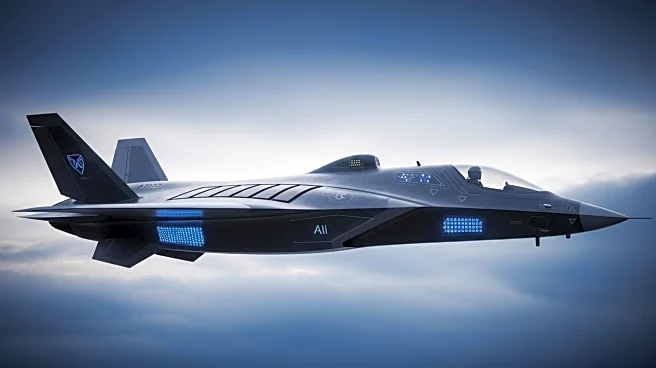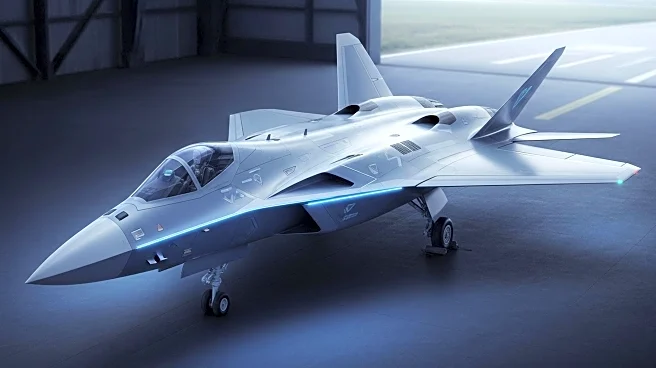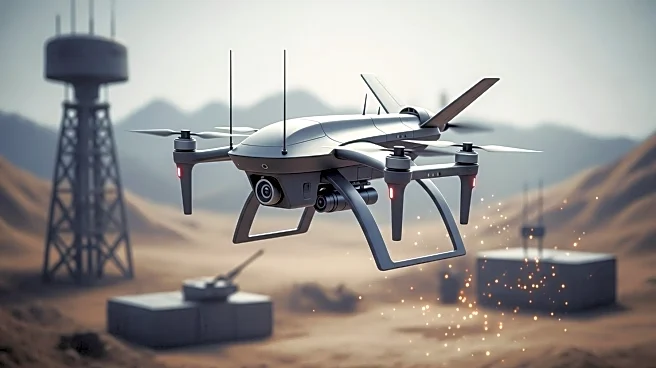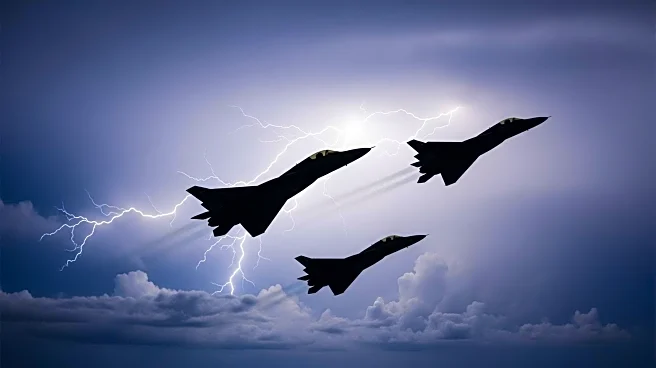What is the story about?
What's Happening?
RTX Technologies has introduced a significant upgrade for the active electronically scanned array (AESA) radar used in Boeing F-15Es and future F-15EX orders. The new APG-82(V)X radar features a larger array and a new processor, maintaining the same size and weight as the existing radar systems. This upgrade expands the frequency range of the fire control radar beyond the X-band, which is expected to improve the radar's ability to evade enemy jamming attempts. The development is part of RTX's Next Gen Radar program, aimed at enhancing radio frequency sensing technology for combat aircraft. RTX is currently seeking customers for this new radar system, with international orders for future F-15EX aircraft and retrofit options for F-15E variants being potential candidates.
Why It's Important?
The introduction of the APG-82(V)X radar upgrade is significant for the defense industry, particularly in enhancing the combat capabilities of the F-15 aircraft. By expanding the frequency range, the radar system can better resist electronic warfare tactics, providing a strategic advantage in military operations. This development could lead to increased demand for the F-15EX and retrofitted F-15E models, potentially boosting RTX's market position and influencing defense procurement strategies globally. The upgrade reflects ongoing efforts to advance military technology and maintain air superiority in complex combat environments.
What's Next?
RTX is actively seeking international customers for the APG-82(V)X radar system, which could lead to new contracts and partnerships. The success of this upgrade may prompt further innovations in radar technology, influencing future developments in military aviation. Stakeholders, including defense contractors and military agencies, will likely monitor the performance and adoption of this technology closely, assessing its impact on strategic capabilities and defense budgets.
Beyond the Headlines
The radar upgrade highlights the importance of technological advancements in maintaining military competitiveness. It underscores the role of private sector innovation in national defense strategies and the potential for international collaboration in defense technology. Ethical considerations may arise regarding the proliferation of advanced military technologies and their implications for global security dynamics.
AI Generated Content
Do you find this article useful?
